Connected Data: How IoT Will Save Healthcare and Why MongoDB Matters
Over the next decade, healthcare systems around the world will face a two-fold challenge: Delivering higher quality care while managing rising costs, and doing so for increasingly larger populations of patients.
For decades, healthcare systems have operated predominantly with traditional fee-for-service models, in which reimbursements are given to providers based on services rendered. Value-based healthcare, in contrast, attempts to lower the cost of care by keeping patients healthier longer through more effective and efficient use of healthcare systems. This article — Part 2 of our series on connected healthcare data — looks at how IoT, with support from MongoDB, can help meet future healthcare challenges.
Increased demand
It's expected that by 2050, 22% of the world's population will be over 60 years old. This adds increased pressure to the goals of optimizing both patient outcomes and healthcare spend, because there are more people within healthcare systems than ever before. And, as these patients live longer, they experience more chronic conditions and, therefore, require more care. Constraints on the ability to graduate enough doctors and nurses to meet this surge of healthcare demand suggest that innovation will be needed to provide adequate supply.
Additionally, many healthcare services are delivered in an exam or hospital room, where patient vitals and observations are captured, a chart is reviewed, and medications and treatments are ordered. According to a recent study from the Annals of Internal Medicine, providers spend more than 16 minutes per encounter on these tasks alone. Observation and data collection in healthcare is critical to identifying and subsequently adjusting treatment pathways; however, the process is heavily reliant on in-person visits.
How IoT will save healthcare
Global adoption of the Internet of Things (IoT) is soaring across numerous industries. In fact, healthcare is forecasted to be the second largest industry in value for IoT by 2030.
IoT offers the ability to remotely monitor patients via wearables and connected devices. It provides the means to collect data beyond the patient exam or hospital room and can help providers deliver care outside of traditional, in-person methods. With this power to collect more information, more often, and do so with fewer patient encounters, IoT plays a role in solving the two-fold challenge of delivering better quality of care for increasingly larger populations of patients.
A patient wearing a smartwatch, for example, may be able to stream heart rate and oxygen saturation levels during real-world activities to an electronic healthcare record, where the data can be aggregated and summarized for a physician to review, or even for a machine-learning algorithm to periodically interrogate.
IoT devices can help collect more data, more often, to help providers deliver more meaningful, timely, and impactful healthcare recommendations and treatments to patients. Through this added value, IoT can further the benefits of telemedicine and promote the idea of “care anywhere,” in which healthcare is not directly tied to or dependent upon in-person encounters.
Challenges of healthcare data on the move
What challenges face developers when it comes to capturing and leveraging data from healthcare IoT devices? Four significant capabilities top the list, which we will look at in turn:
Scalable and efficient storage
Global coverage and data synchronization
Interoperability
Security and privacy
Scalable and efficient storage
IoT devices have the capability to produce massive volumes of continuous data. In fact, market intelligence provider International Data Corporation (IDC) predicts that IoT devices alone will produce 74.9 ZB of data by 2025, from a staggering 55.9 billion devices. A cloud-based modern database will be critical to support these kinds of massive data volumes, which may also exhibit unpredictable peaks in workloads.
Additionally, as is the case for many IoT use cases, often only the most recent data is used for analysis. In this scenario, the ability to automatically archive raw and historical data to a more cost-effective storage, and yet still be able to query it when and if needed, would be ideal. MongoDB’s Atlas Online Archive lets developers do just that, with minimal setup and configuration required, as shown in Figure 1.
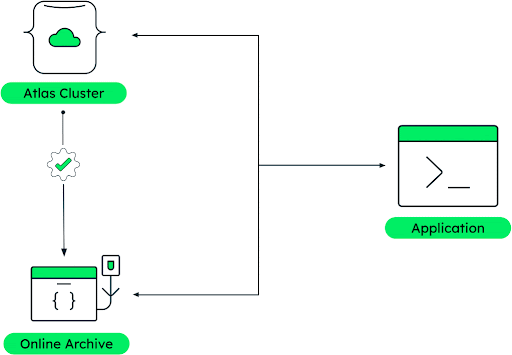
Not all databases are ready to deal with the massive, continuous data generated by IoT devices. Sensor data is typically collected with high frequency, which may mean high concurrency of writes, unpredictable workload peaks, and the need for dynamic scalability. Additionally, IoT data is almost by definition time-series data, meaning it typically comes with a timestamp that allows following the evolution of a parameter through time, at regular or irregular time intervals.
Storing time-series data efficiently at scale can be difficult. In fact, specialized time-series databases exist to tackle workloads such as these. Additionally, storing the data is simply one side of the challenge. Another aspect involves running analytics as the data is collected, such as discovering heart anomalies and sending alerts in real time to the patient.
Using specialized time-series databases solves these challenges but also introduces new ones:
Developers will need to learn the nuances of working with a niche platform, slowing development cycles.
Building and maintaining ETL pipelines to move data and merge data across different platforms.
Integrating, securing, and maintaining an additional database platform, thereby increasing operational overhead.
MongoDB's new time series collection feature allows you to automatically optimize your schema and deployment for high storage efficiency and low-latency queries, without the need of an additional, niche database. Additionally, MongoDB integrates time-series data with operational data and analytics capabilities in one unified environment with built-in scalability, delivering the performance your IoT applications need while simplifying your architecture.
Global coverage and data synchronization
For many IoT scenarios, users are effectively on the move: They go to work, they go shopping, and they get on planes to see the new beautiful shiny star on top of Barcelona's Sagrada Família. With all of this mobility, they might lose connectivity for a few minutes or even hours. Tracking their health effectively in real time is not just a nice feature, it may be mandatory. Using MongoDB’s Atlas Device Sync, developers can easily deploy IoT applications that seamlessly handle drops in connectivity, without missing critical write operations of the most important data workloads.
Interoperability
Most IoT devices use proprietary protocols and operating systems, which seriously limit interoperability. The IoT industry advocates the use of standard communication protocols such as MQTT, but, as of this writing, there is no single industry standard. Custom solutions exist that serve one single type of sensor and/or healthcare provider, but these solutions tend to suffer from interoperability challenges when interlinking data across different healthcare networks.
As discussed in our first post, sharing healthcare data across different participants of the healthcare ecosystem requires standards such as JSON-based FHIR, which is key to mitigate healthcare fragmentation.
Security and privacy
Given its sensitive and personal nature (and relatively easy monetization through theft), health data is especially appealing to bad actors. The number of security incidents impacting healthcare systems is sobering. According to a report by Crowdstrike, 82% of health systems experienced some form of IoT cyberattack in 2020. With IoT proliferation on the rise, the need for the highest level of security at the application level and at the database level, becomes non-negotiable.
Unsurprisingly, McKinsey cites interoperability, security, and privacy as major headwinds for IoT adoption, especially for healthcare.
How MongoDB supports IoT challenges
Here's a visual view of how MongoDB helps developers bring IoT applications to market faster:
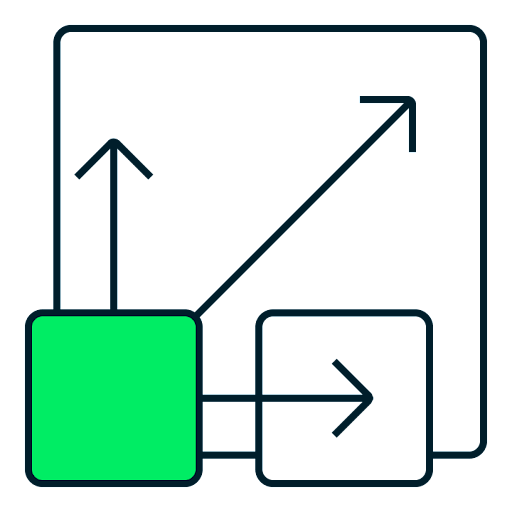
|
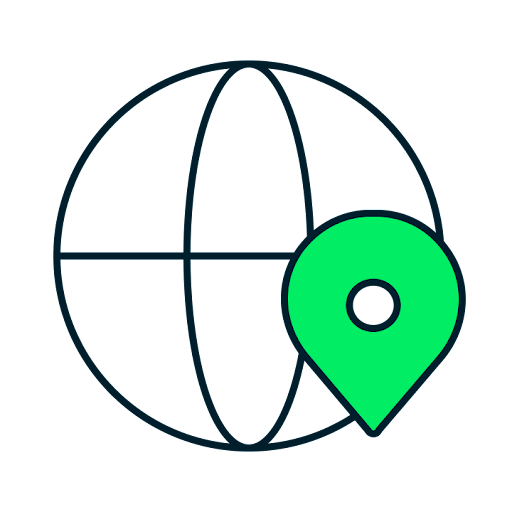
|
| Scalability and efficient storage | Global coverage and data synchronization |
| High availability and scalability are built in via replication and native sharding. Online Archive automatically archives aged data to a fully managed cloud object storage, so you can optimize cost and performance without sacrificing data accessibility. Time series collections automatically optimize your schema for high storage efficiency, low-latency queries, and real-time analytics. | MongoDB Atlas is a global, multi-cloud platform that lets your apps run anywhere in the world. Atlas Device Sync solves conflict resolution and keeps your data up to date across devices, users, and your backend, regardless of connectivity. |
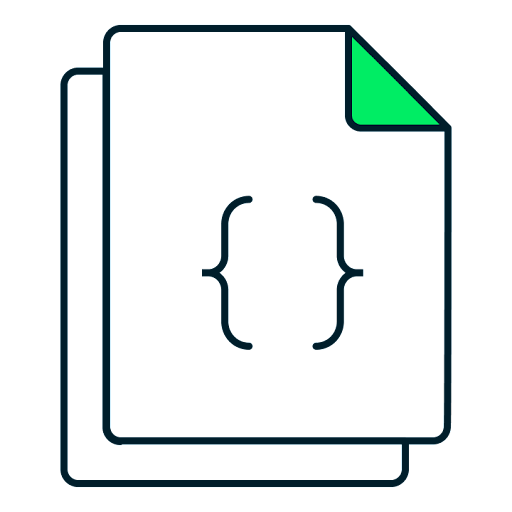
|
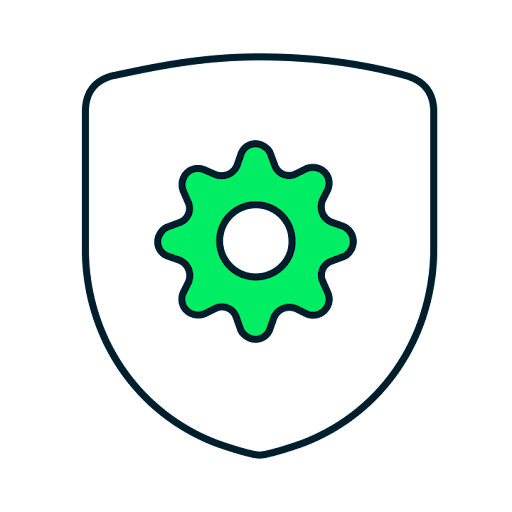
|
| Interoperability | Security and privacy |
| The document model provides a flexible schema and maps exactly to the objects that developers work with in their code. Different industry communication standards are being built over JSON, such as FHIR, which is a natural fit to MongoDB's document model. | Thanks to MongoDB Client-side Field Level Encryption, data is encrypted in motion, in memory, and at rest. Queryable Encryption allows running expressive queries on fully randomized encrypted data. MongoDB provides the strongest levels of data privacy and security for regulated workloads. |